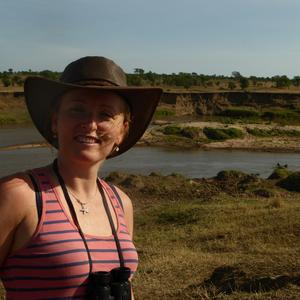A vast country with a sparse population, Namibia is known for its landscapes and wildlife. Below our Africa specialist Lukey Bourne presents her A-Z of this fascinating country, proving that there is far more to Namibia than first impressions might suggest. If this guide inspires you to visit, view our Namibia holidays.
AfriCat – a pioneering charity committed to researching and rehabilitating Namibia’s threatened big cat population. AfriCat has been at the cutting edge of Namibian predator conservation since 1993 and is a leading model for eco-tourism sustained conservation. If you're looking for an insider's experience, we can plan a stay for you at Okonjima Nature Reserve, home of the AfriCat foundation.
Bushmen – Namibia's earliest known inhabitants, the San Bushmen are usually short with light yellowish-brown skin and are distinctive for the clicking sounds of their language. Today's San population is approximately 35,000; the majority live in remote communal areas or live and work on farms in eastern Namibia, whilst only a few still practise their traditional, nomadic lifestyle.
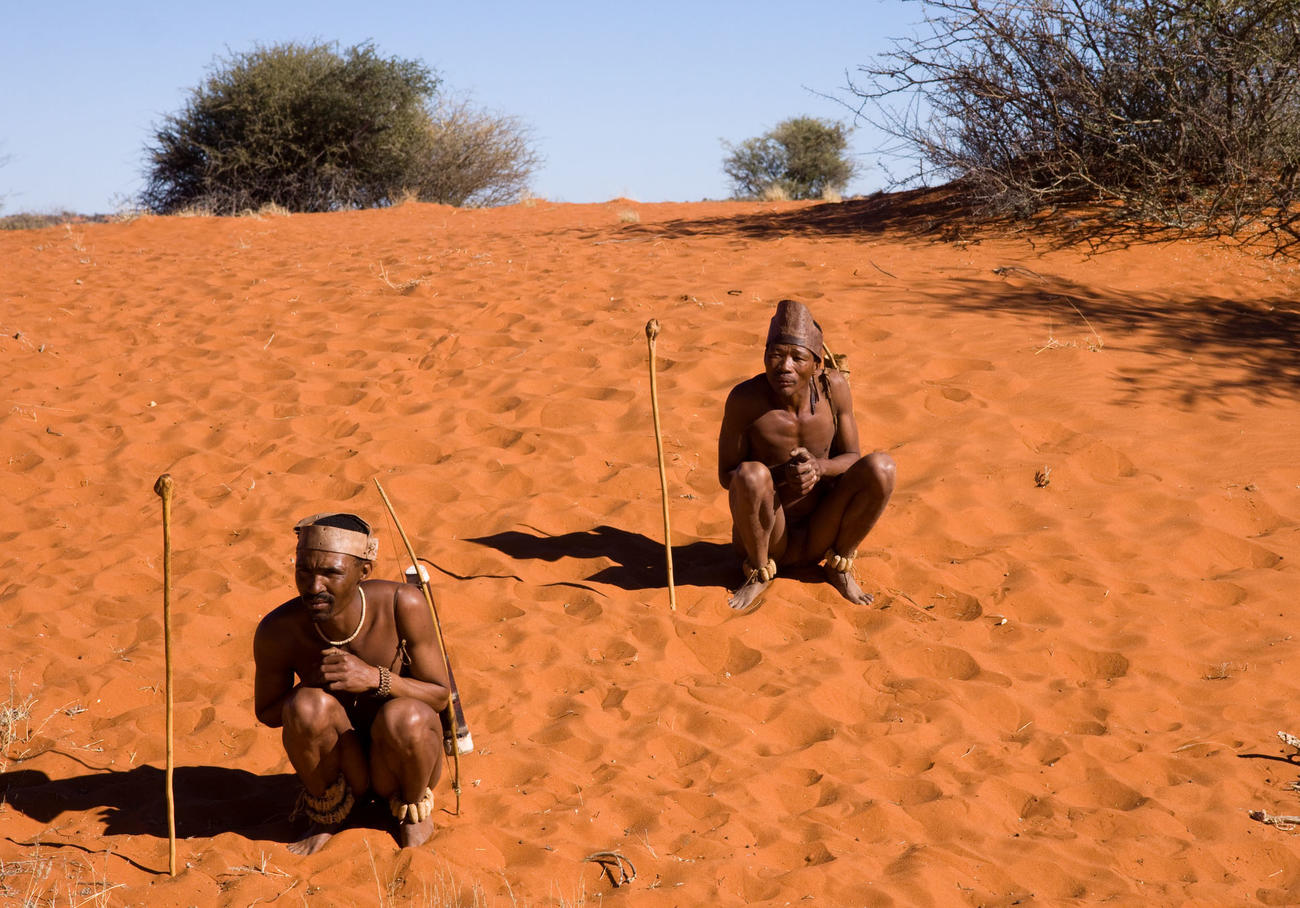
Child-Friendly – Namibia is well set up for families. Most of the lodges have family rooms and the country offers diverse activities for young and old alike. As well as traditional safaris, sandboarding, hiking, quad-biking, kayaking, hiking and boat trips are all popular, plus much more!
Drive Yourself – for those looking for a more independent experience, self-drive trips are very popular and particularly good value for a couple. We will book your 4WD vehicle, your camps and give you full directions ensuring you're ready to get on the open road. Namibia's roads are well-maintained, safe and, as an added bonus for people living in the UK, they drive on the left!
Etosha Pan – found in the Etosha National Park in the north of Namibia, this vast mineral pan spreads over 4000km and covers around 25% of the National Park. This National Park offers you the best wildlife experience in Namibia; you can expect to see multiple antelope species, zebra, elephant, giraffe, rhino, lion and much more.
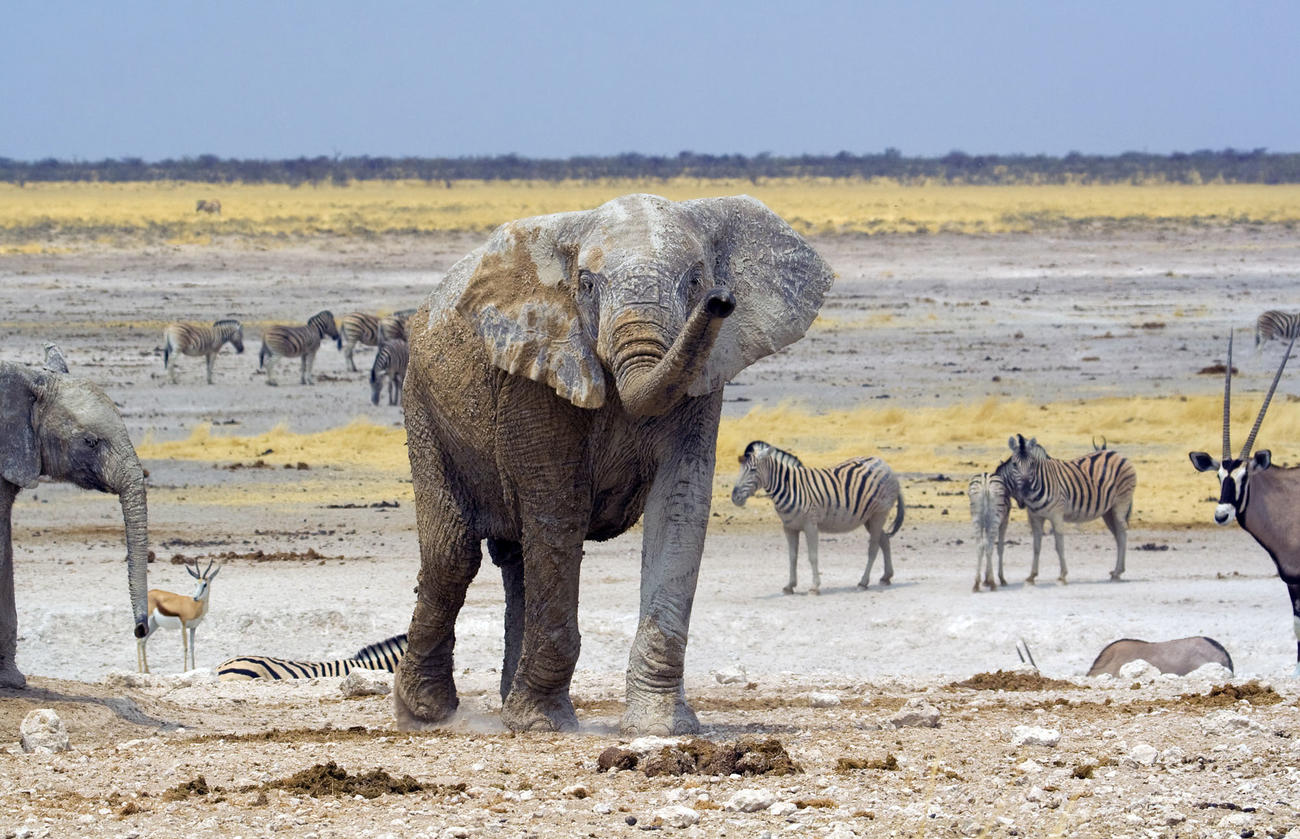
Fish River Canyon – the second largest canyon in the world after the Grand Canyon, the immensity of this magnificent landscape is truly breathtaking. It's enough to just marvel at the landscape or, for really active adventurers, the Fish River Canyon Hiking Trail is well worth a mention. It is one of the most famous hikes in southern Africa, covering a distance of 86km in the base of the canyon. The duration is either four or five days and is not for the faint hearted!!
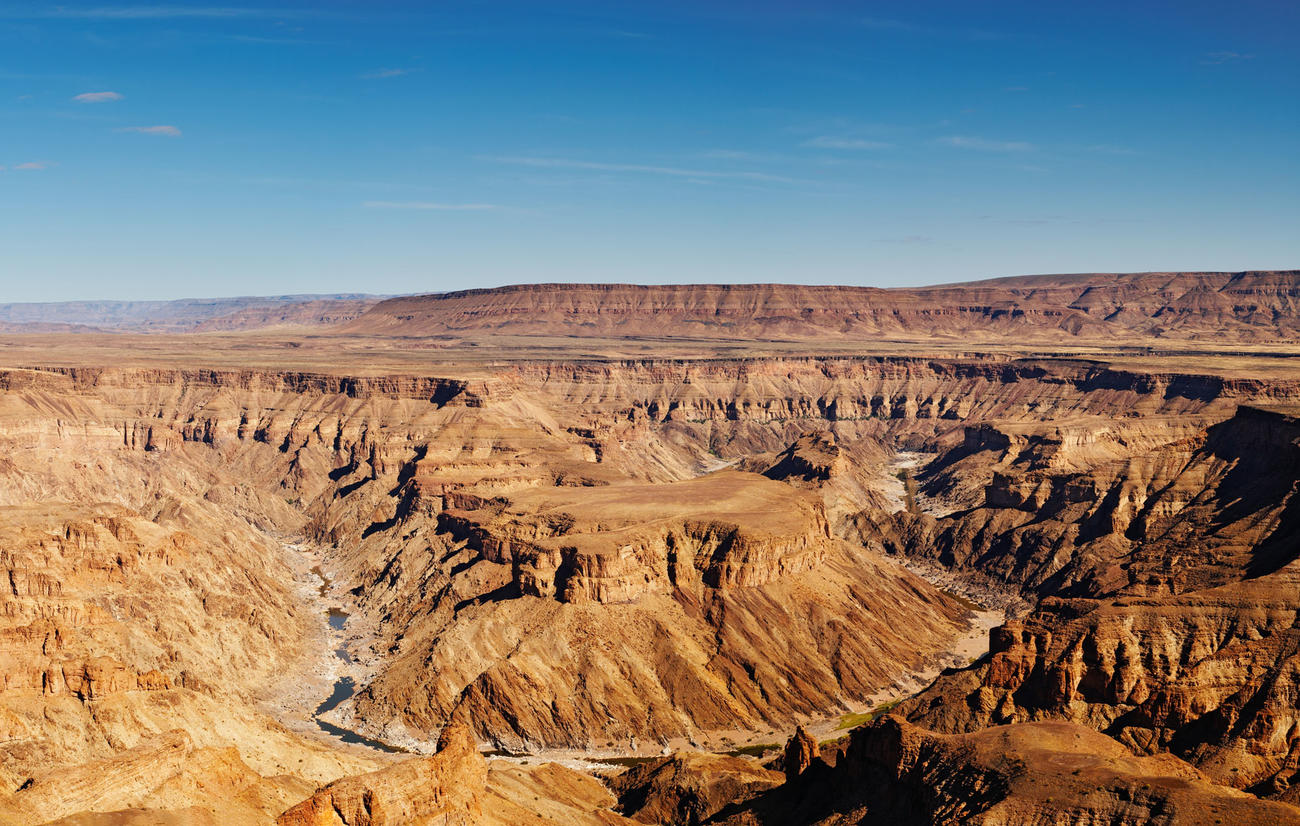
German Influence – in Windhoek there are many German restaurants and the architecture of towns such as Swapokmund and Lüderitz is reminiscent of 19th century Germany. ‘Windhoek’ Beer is brewed from malted barley, hops and water in strict compliance with the Reinheitsegebot, the German Purity Law of 1516.
Himba Tribe – inhabiting the remote north-western Kunene region, the semi-nomadic Himba are known for their distinctive slender and statuesque beauty, adorning their bodies with iron and shell beads. Their homes are simple structures made from saplings and bound together by palm leaves. Families often move home several times a year in order to seek grazing for their cattle.
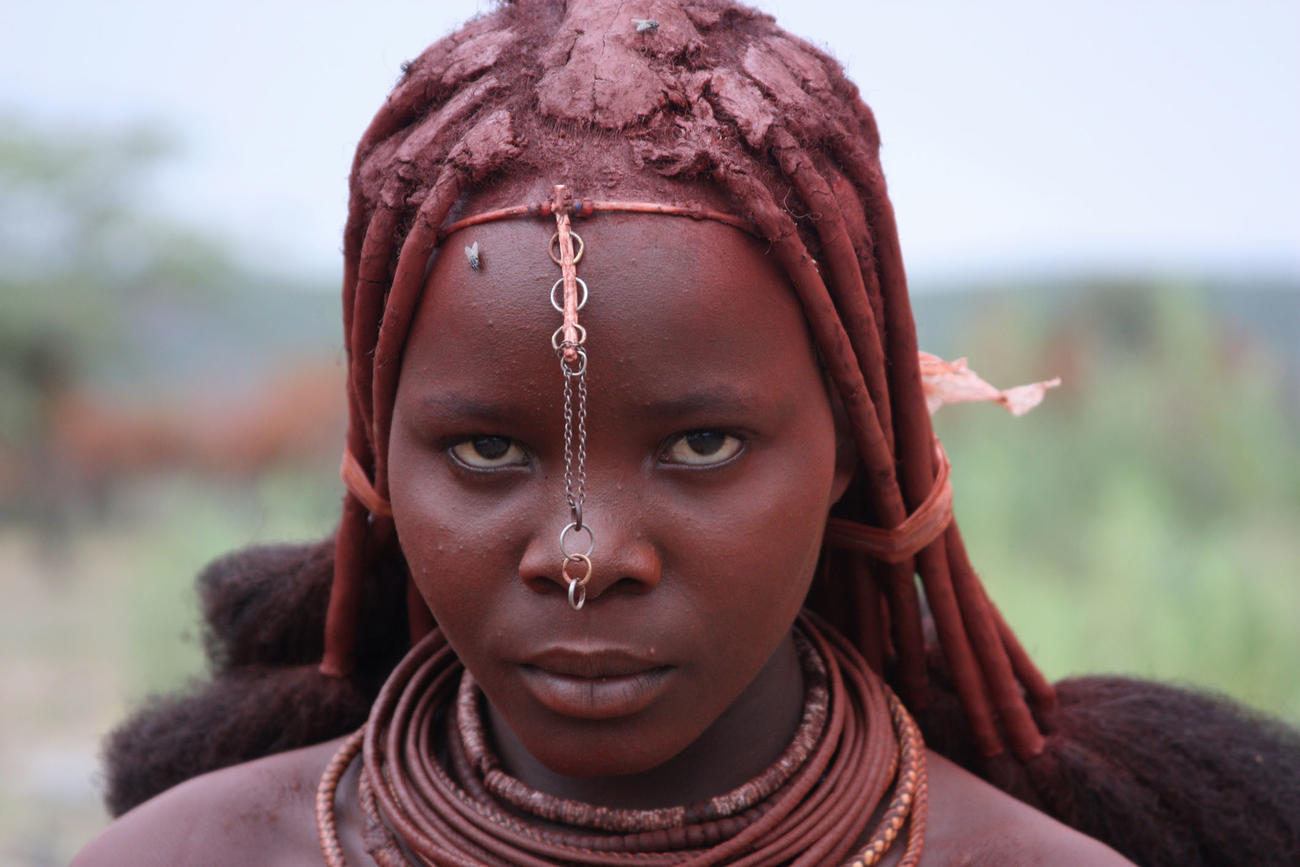
Iron Ore – Namibia's latest mining development will produce magnetite and haematite, two of the most prominent iron ores used in steel and sponge-iron industries. An estimated 600,000 tonnes is expected to be produced annually from 2016.
Joe's Beer House – a quirky African watering hole and an institution in Windhoek. Well worth a visit if you are staying overnight in the capital.
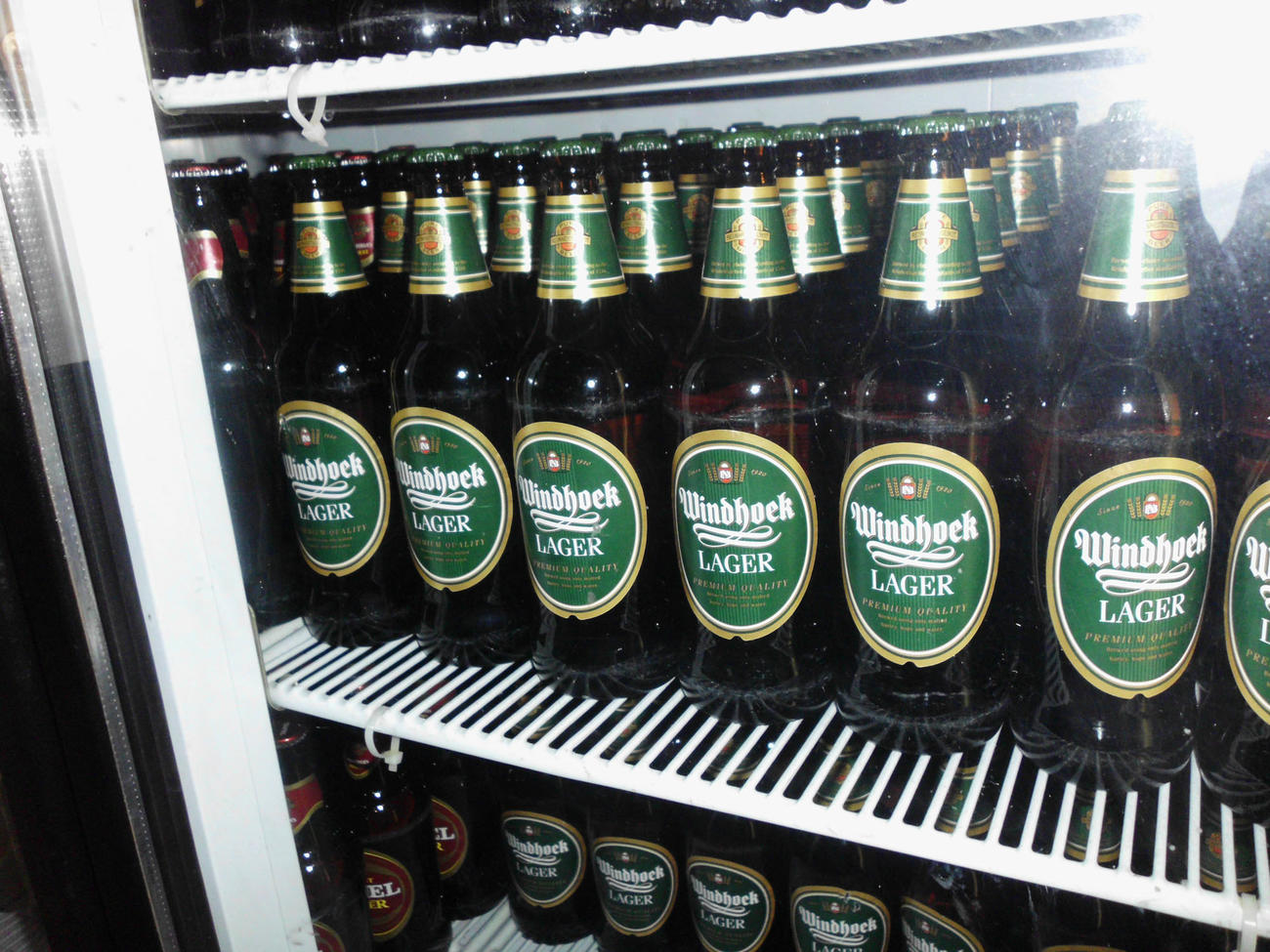
Kaokoland – one of the last remaining wilderness areas in Southern Africa, here you'll find incredible mountain scenery, a refuge for the rare desert dwelling elephant, black rhino and giraffe and the home of the Himba people.
Lüderitz – a harbour town in south-west Namibia, Lüderitz is worth a visit for its colonial architecture, some of which is art nouveau. Another reason for visiting is its array of wildlife including penguins, seals and flamingos.
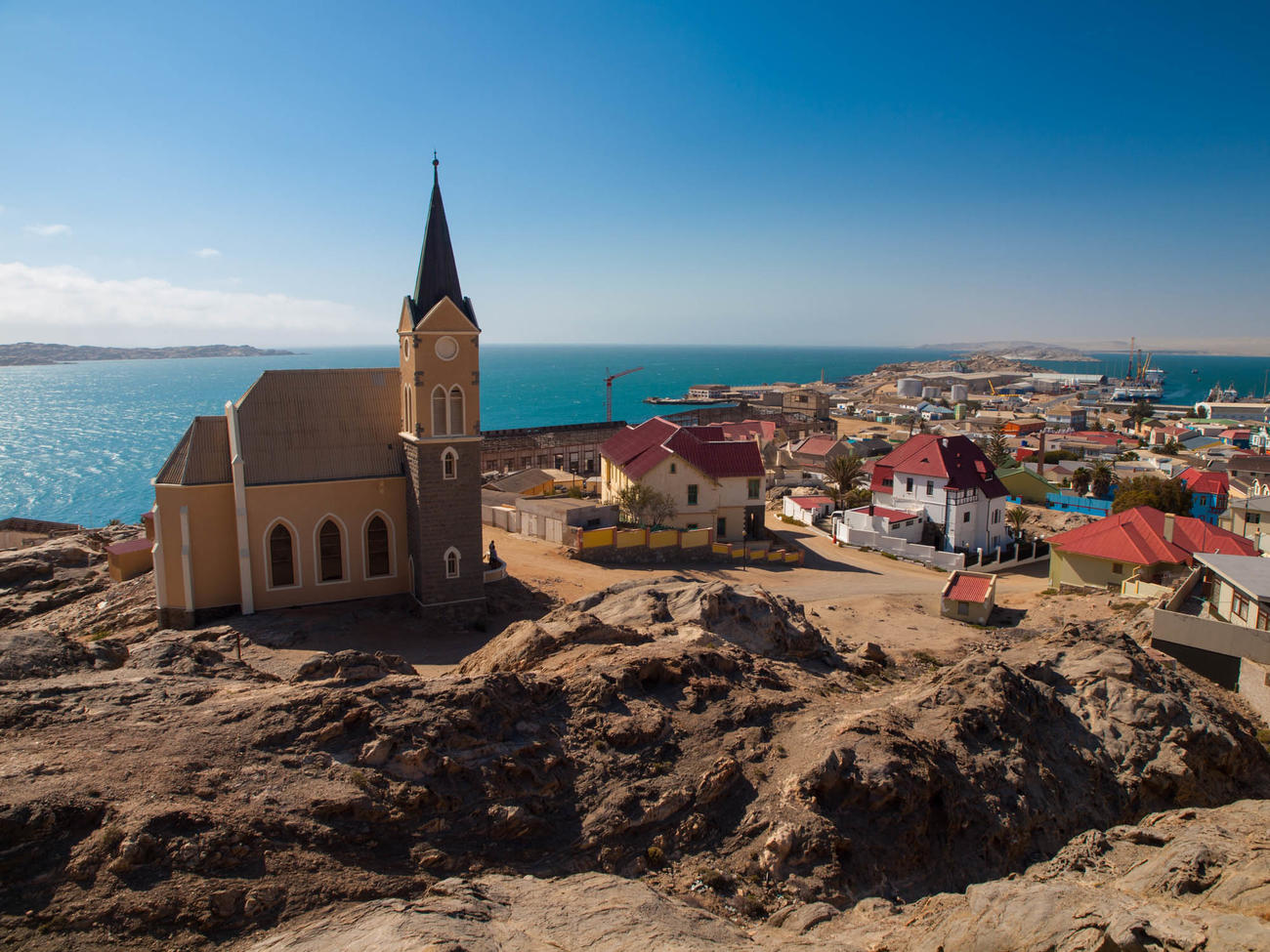
Mining – one of the world's biggest producers of gem-quality diamonds, Namibia is also a world-class producer of uranium and zinc as well as gold bullion, salt and blister copper. Mining is by far the biggest contributor to the Nambian economy.
Namib Desert – the Namib Desert is often referred to as the world's oldest desert and has been in existence for some 43 million years, remaining unchanged in its present form for the last two million years. The desert is famed for its otherworldly landscapes, and its magnificent shifting sand dunes - the towering dunes at Sossusvlei are the highest in the world and extremely photogenic.
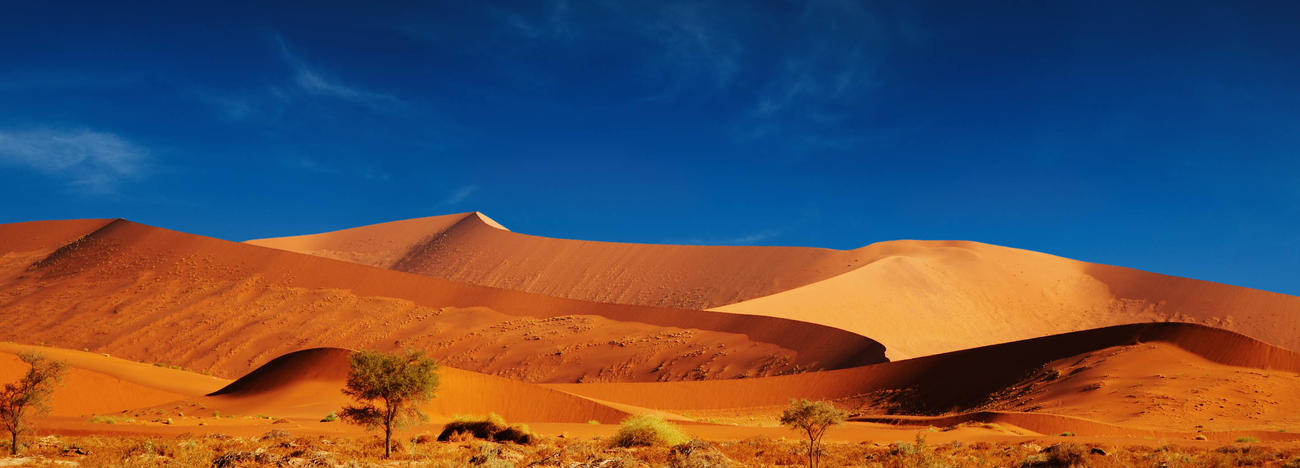
Oryx – this majestic antelope appears on the Namibia Coat of Arms and can be found all over the country. You're also likely to find it on your plate as it makes a delicious steak!!
Population – If you enjoy wide open spaces, Namibia is the country for you, being the second most sparsely-populated country on earth, after Mongolia. The population of 2.1 million is so spread out there is an average of two people per square kilometre. Not only are these vast landscapes great to drive through and fly over, but many of the country's lodges have taken advantage of this space by offering 360-degree empty views.
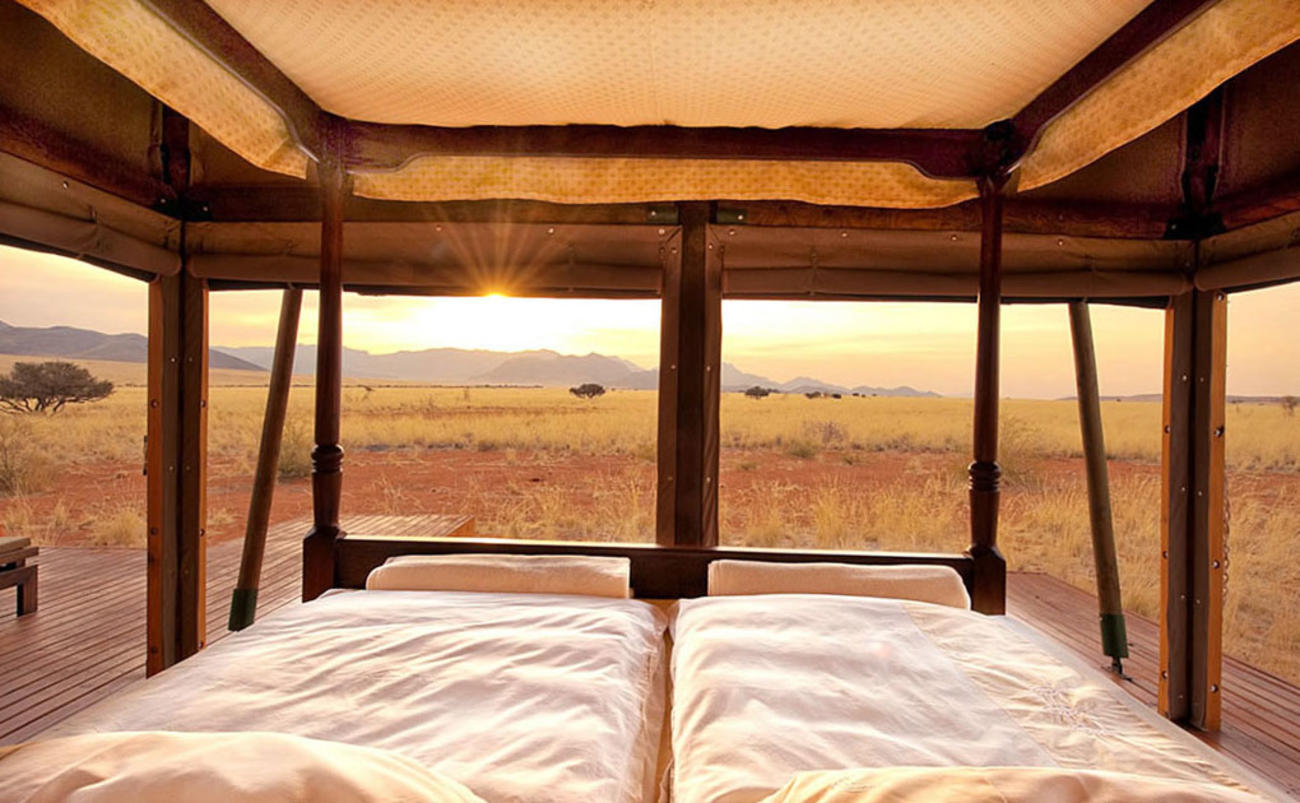
Quad Biking – one of the best ways to access areas of the sand dunes that can't be reached by a 4x4, quad biking is offered by lodges around the country – often as guided trips to protect animals and plant life.
Rhino – Namibia is one of the best places to see free roaming black rhino in the wild. A must for all wildlife lovers!
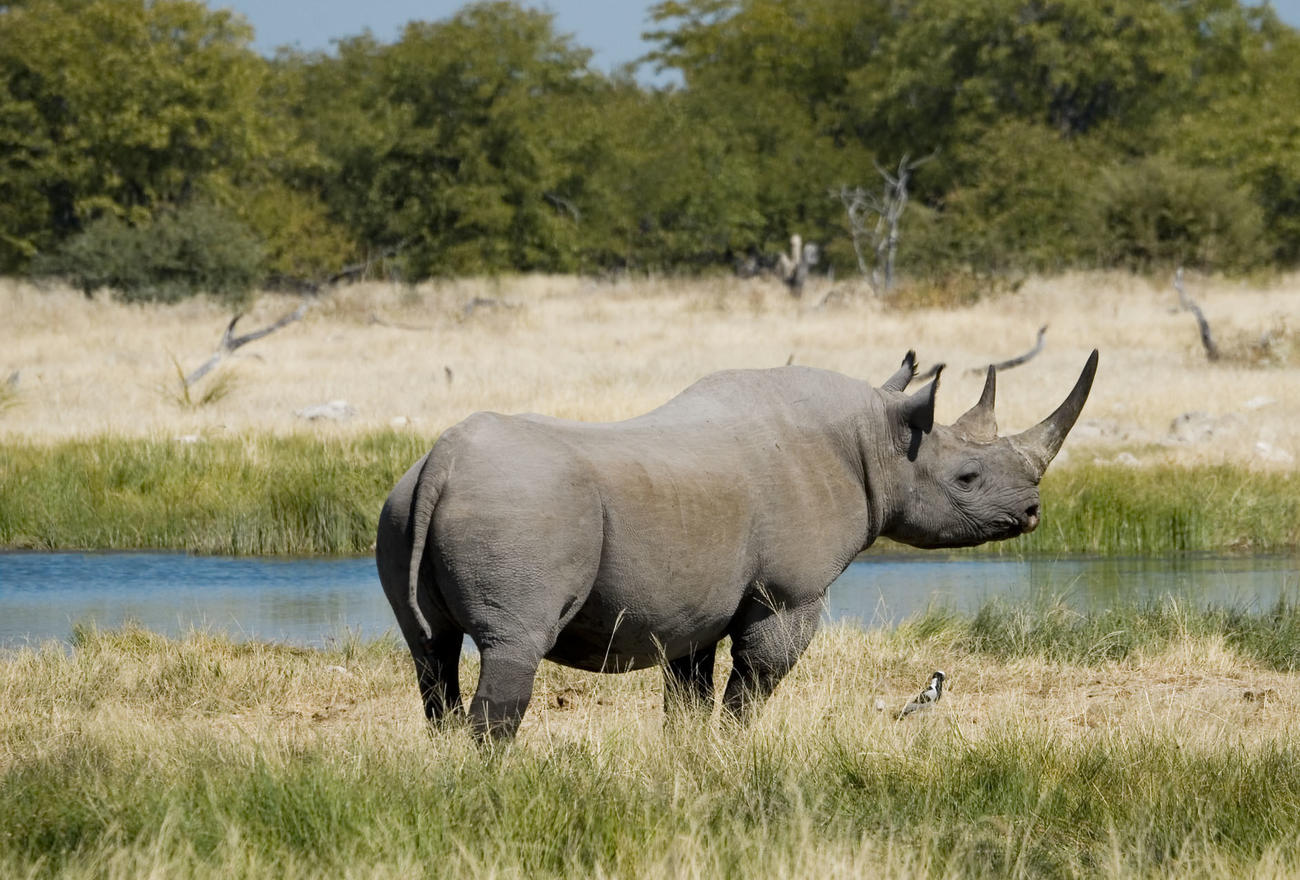
Skeleton Coast – this rugged stretch of coastline along the east of Namibia is where you will find some of Namibia's most dramatic wilderness. It's one of the most inhospitable and least visited places in Southern Africa and is named after the ghostly wrecks found on the shoreline. Although there are small stretches accessible by vehicle, the best way to experience the region is on a Schoeman Flying Safari. These camping trips vary from 3 - 5 days and have a hefty price tag but it's one of the best things you can do in Africa. The Schoeman brothers are your pilot and guide; with years of knowledge and a true passion they promise to show you the very best of the region.
Twyfelfontein – a site of more than 2000 ancient rock engravings estimated to be more than 6000 years old. Awarded World Heritage status in 2007, Twyfelfontein is home to one of Africa's largest concentrations of petroglyths.
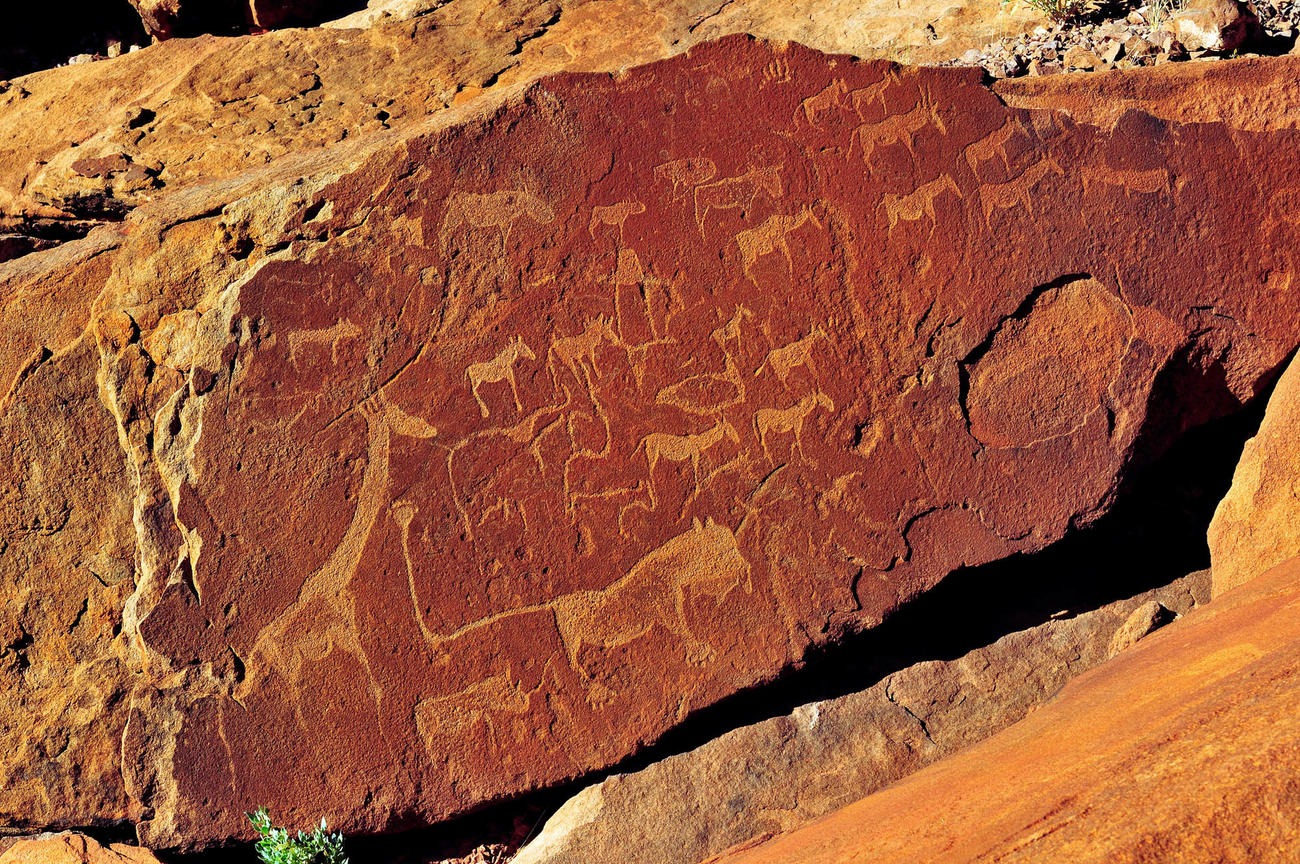
Unusual Adventures – at Wild Frontiers we can offer adventurous camping safaris in the far north west of the country, often less visited and with few tourists. Whilst there visit the stunning Epupa Falls, named after the foam created by the falling water.
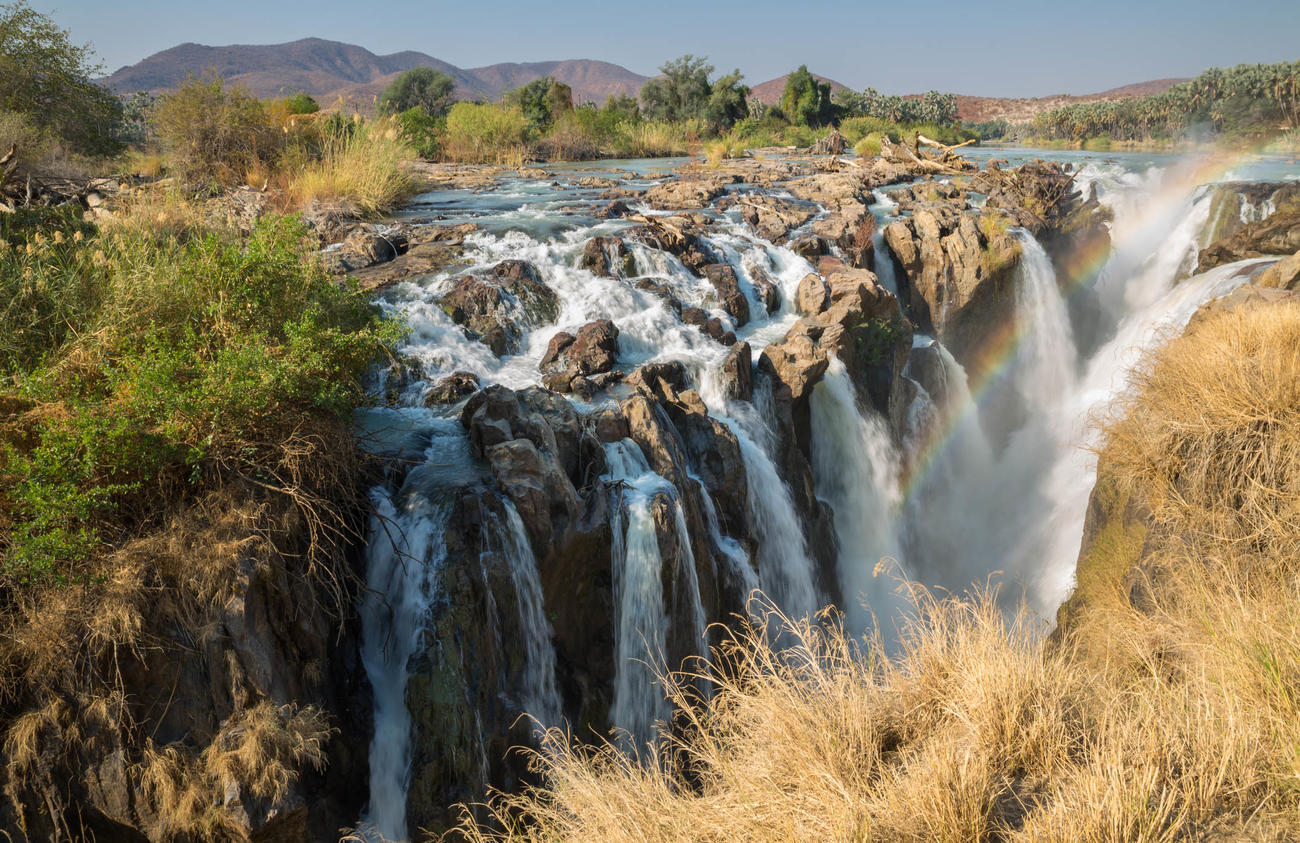
Value for Money – with the weak Rand (linked to the Namibia dollar), Namibia is extremely affordable at the moment.
Whale Watching – take a boat out of Walvis Bay to spot whales along with bottlenose dolphins, fur seals, marine birds and possibly a leatherback turtle.
Xtraordinary Scenery – encompassing natural beauty and endless deserts, Namibia offers a fascinating landscape; see an array of wildlife which has adapted to its often harsh environment, meet diverse groups of native inhabitants and prepare to be spoilt for choice amongst the comfortable lodges and endless activities.
Yellow Billed Hornbill – often seen in pairs or small family groups, these birds can be identified by their predominately white and black coloured plumage, grey head and neck and characteristically yellow bill. Frequently seen running along the ground and through low bushes, their preferred diet includes rodents, snakes, scorpions and beetles.
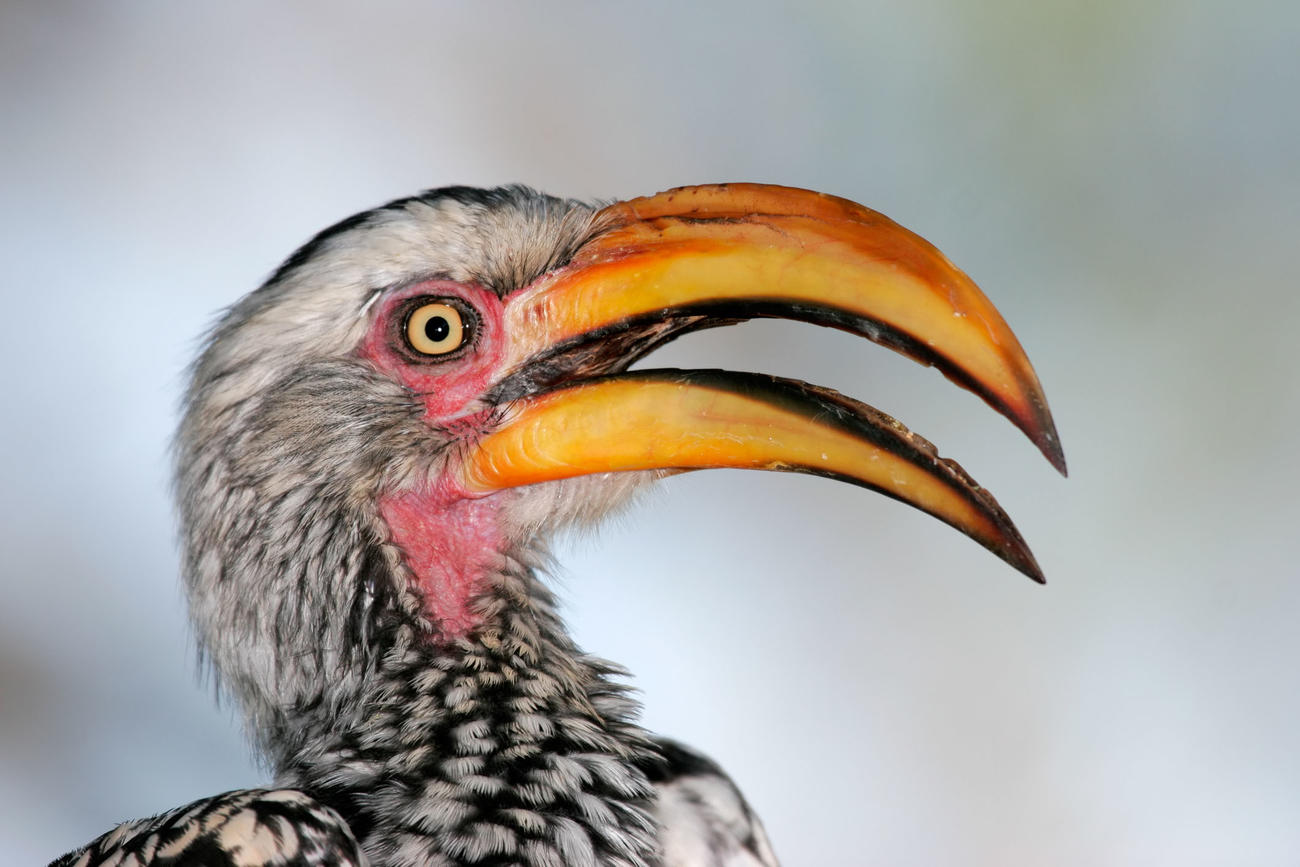
Zambezi Region – previously known as the Caprivi Region, this region in the extreme north-east of the country is the wettest region of Namibia made up of swamps, floodplains and woodland. Surrounded by Angola, Zambia and Botswana, the Zambezi region was previously under German and then British rule but became Namibia's thirteenth region after the country's independence in 1990.
If you have been inspired to visit Namibia why not browse our Group Tours or Tailor Made holidays to Namibia.
